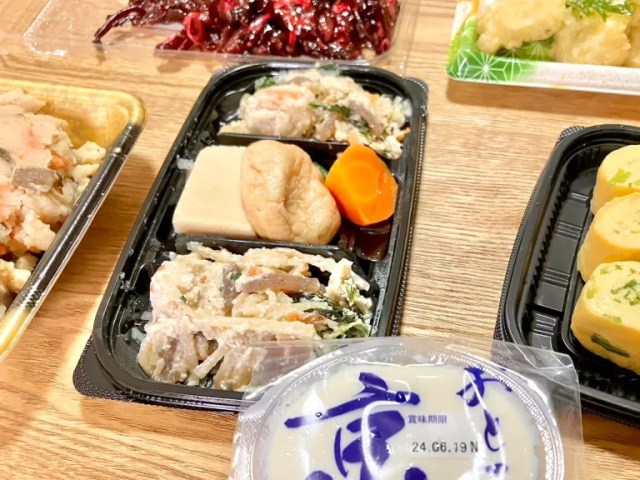
We go looking for high-class Kyoto delicacies at low prices.
Kyoto is a city with a lot of things to see, a lot of things to do, and a lot of things to eat. But when you’ve committed a large part of your travel budget to temple visits, tea ceremonies, and kimono experiences, you might find that you don’t have all that much left to spend on Kyoto’s distinctive delicacies.
As it turns out, though, you don’t need to splurge on dinner at a fancy restaurant to get a taste of Kyoto cuisine. As a matter of fact, you don’t even need to go to a restaurant at all, as our Japanese-language reporter Udonko learned when she discovered a wide range of dishes representative of Kyoto’s unique food culture at the city’s supermarkets.
Udonko got the idea to check Kyoto supermarkets’ prepared food sections on a recent trip she took to the city. As she stepped out of her hotel, she was prepared to put in a lot of legwork, but to her surprise, and her feet’s relief, she found more than enough at the two supermarkets closest to her hotel. In total, she picked up six items, all of them regional Kyoto specialties and very reasonably priced.
Let’s check out her spread.
1. Simmered okara (239 yen [US$1.50])
Okara is the name for the soy milk that’s strained off as part of the tofu-making process. In Kyoto, the okara then gets simmered with vegetables in soy sauce and mirin (sweet cooking sake). Udonko’s supermarket okara was moist and flavorful, with a mix of sweet and salty notes that quickly rejuvenated her after her long day of sightseeing.
2. Hamo tempura (321 yen)
This was a major find! Hamo, pike conger eel, is something you’ll usually only find at restaurants in Kyoto that are on the expensive side, but there it was in the supermarket tempura corner! The breading was nice and juicy, not at all dry or crumbly, and blended deliciously with the whitefish-like flavor of the eel. The tempura had also been seasoned with the perfect amount of salt, so Udonko had no need for any dipping sauce.
3. Koyadofu, ganmodoki, okara, and shiraae (196 yen)
Officially, the supermarket called this a “tofu side dish assortment.” Koyadofu is a kind of traditional freeze-dried tofu with cultural roots in the Kansai region, and ganmodoki is fried tofu with a filling of chopped vegetables. Both of these had been seasoned with a delicious bonito-stock, and Udonko’s second serving of okara was just as tasty as her first. The shiraae, mashed tofu, was excellent as well, with a light, airy texture, and aside from the quality, Udonko was overjoyed at how much variety this pack provided at such a low price.
4. Shibazuke kikurage (537 yen)
Shibazuke is a Kyoto cuisine dish consisting of chopped vegetables pickled in a mixture of salt and red shiso, an herb that’s sort of like traditional Japanese cooking’s equivalent to basil. This supermarket pack also included kikurage, or wood ear mushroom, which gave it a great crunchy texture to go with the gently refreshing shiso.
5. Otokomae Kyomarodofu (105 yen)
This one isn’t so much a Kyoto dish as it is a popular Kyoto-made version of a Japanese staple. Otokomae Tofu is a famous Kyoto-based tofu maker, and while you can find their products in other parts of Japan, Udonko thought this particular bundle might be a Kyoto exclusive. After doing some checking, she learned that that’s not the case, but it doesn’t change the fact that Otokomae tofu is some of the best there is, smooth and so rich that it almost has a sweet taste.
6. Kujonegi dashimaki tamago (214 yen)
It’s not just Kyoto’s unique recipes that foodies love it for, but also their vegetables. Kyoto-grown vegetables, known as Kyo-yasai, are said to have an elegant flavor that elevates them above varieties grown elsewhere. This dashimaki tamago omelet featured Kujonegi, Kyo-yasai green onion, which provided an enticing crunch and sharp accent to the flavor profile. While she loved all of the dishes, this was Udonko’s personal favorite out of the bunch, and her only complaint is that she wished she’d bought two packs, since it tasted so good.
In total, Udonko’s supermarket-sourced feast cost her just 1,612 yen, and was more than she could finish in one sitting, so she had leftovers for breakfast the next morning. So if the next time you’re in Kyoto you don’t have the budget space for a fancy restaurant, or if you just want to eat like a local resident, don’t forget to check the nearest grocery store.
Photos ©SoraNews24
● Want to hear about SoraNews24’s latest articles as soon as they’re published? Follow us on Facebook and Twitter!
[ Read in Japanese ]

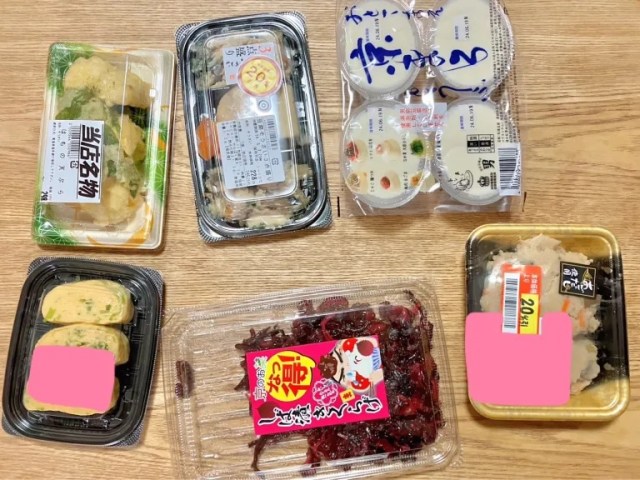
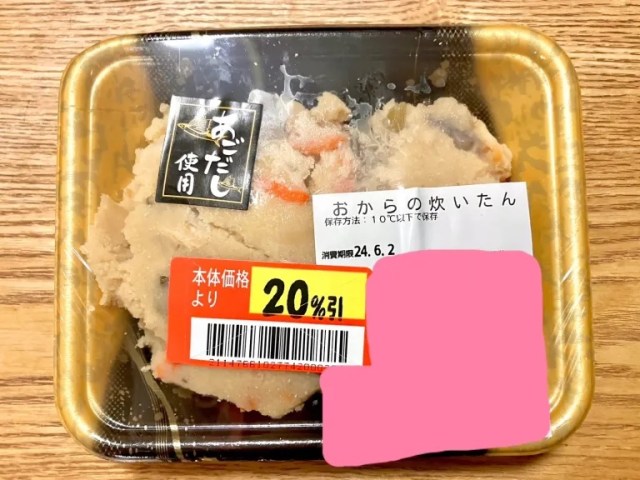
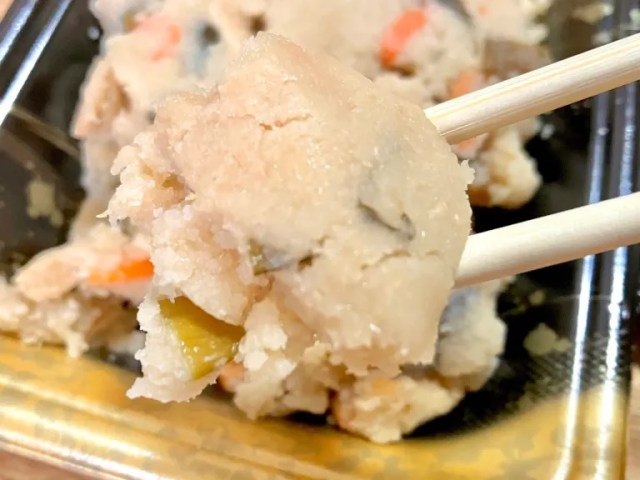
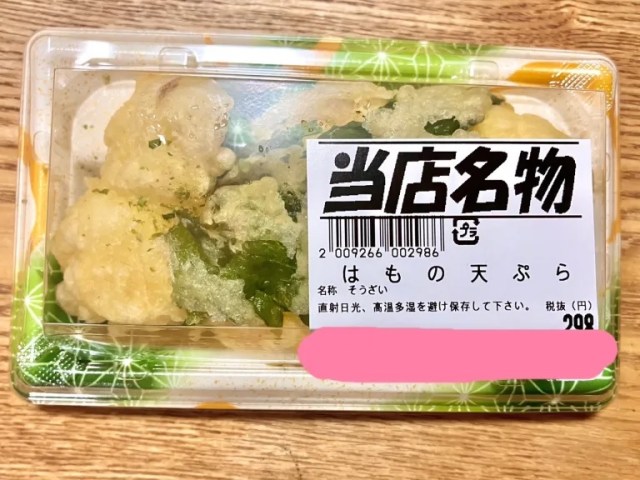

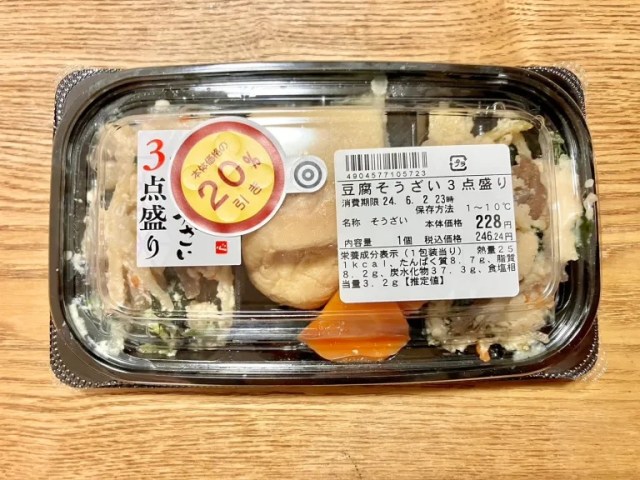
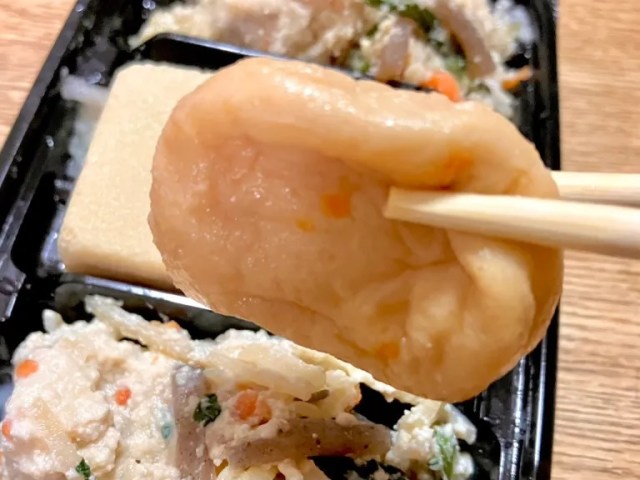
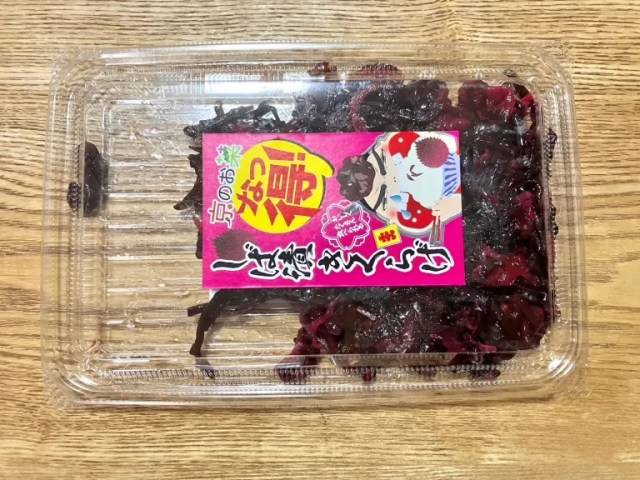
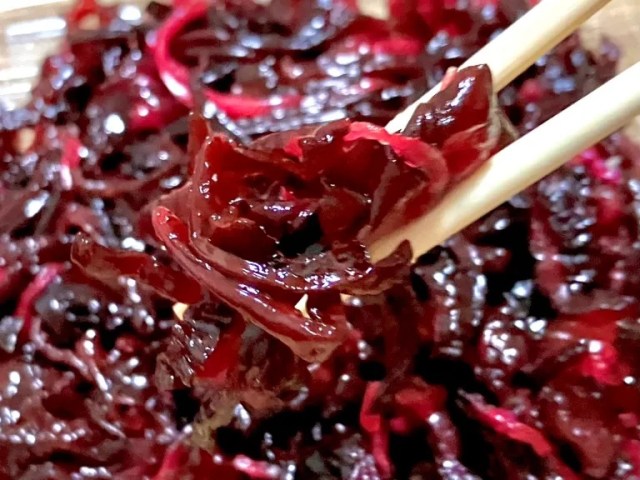
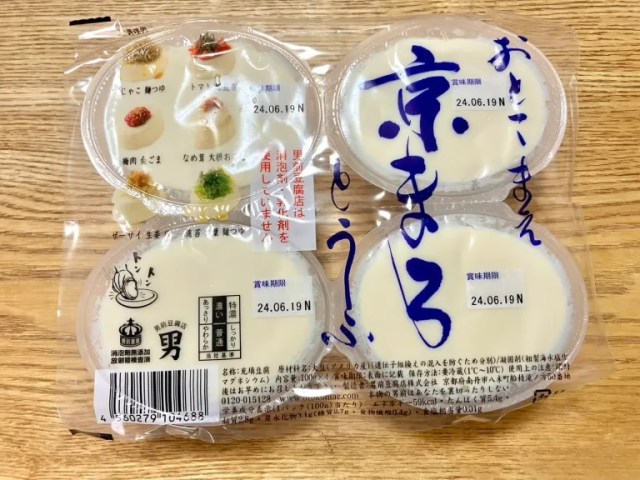
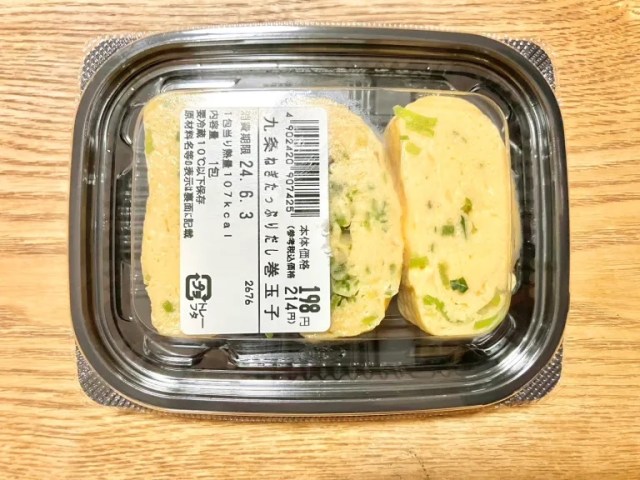
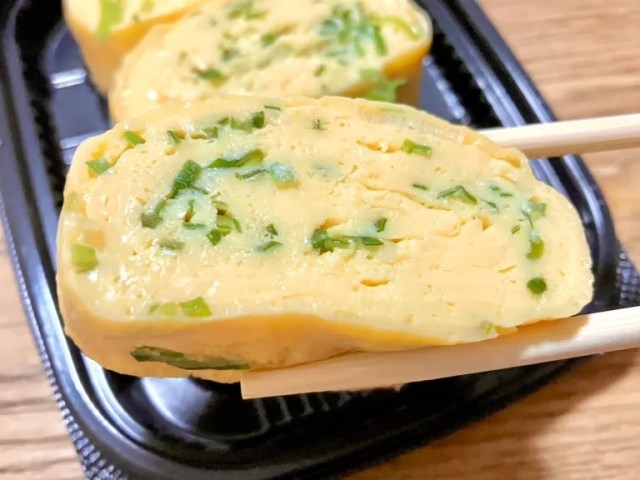
 Taking the Kyoto overnight bus for the first time
Taking the Kyoto overnight bus for the first time Supermarket souvenirs! You can buy a bunch of presents in Kyoto while ignoring tourist shops
Supermarket souvenirs! You can buy a bunch of presents in Kyoto while ignoring tourist shops Four words that mean something very different in east Japan and Kyoto
Four words that mean something very different in east Japan and Kyoto We tried this scrumptious all-you-can-eat Kyoto veggie breakfast buffet for only 500 yen
We tried this scrumptious all-you-can-eat Kyoto veggie breakfast buffet for only 500 yen Kyoto hiking – Recreating a Touken Ranbu sword boy expedition in real life【Photos】
Kyoto hiking – Recreating a Touken Ranbu sword boy expedition in real life【Photos】 Japanese vending machine serves up unique drinks at four Tokyo train stations
Japanese vending machine serves up unique drinks at four Tokyo train stations Starbucks Japan releases new drinkware and goods for Valentine’s Day
Starbucks Japan releases new drinkware and goods for Valentine’s Day Pikachu’s chunky original design is back as a plus-sized plushie【Photos】
Pikachu’s chunky original design is back as a plus-sized plushie【Photos】 Poké Ball cakes here for limited but long time to celebrate Pokémon franchise’s 30th anniversary
Poké Ball cakes here for limited but long time to celebrate Pokémon franchise’s 30th anniversary What 1,000 yen can get you at McDonald’s in Japan right now
What 1,000 yen can get you at McDonald’s in Japan right now Insanely cheap Wagyu beef sushi box on sale at Japan’s one and only beef sushi restaurant
Insanely cheap Wagyu beef sushi box on sale at Japan’s one and only beef sushi restaurant Private booths are coming to Japan’s Shinkansen bullet trains even sooner than we’d thought【Video】
Private booths are coming to Japan’s Shinkansen bullet trains even sooner than we’d thought【Video】 Book of over 200 Hayao Miyazaki Totoro pre-production illustrations, some never published, now on sale
Book of over 200 Hayao Miyazaki Totoro pre-production illustrations, some never published, now on sale New KitKat pizzas are coming to Pizza Hut Japan
New KitKat pizzas are coming to Pizza Hut Japan The 2014 Sapporo Snow Festival【Photo Gallery】
The 2014 Sapporo Snow Festival【Photo Gallery】 Starbucks Japan releases new Frappuccino and latte for Valentine’s Day
Starbucks Japan releases new Frappuccino and latte for Valentine’s Day Massive manga collaboration bringing 100 years of Shueisha manga to Uniqlo T-shirts【Photos】
Massive manga collaboration bringing 100 years of Shueisha manga to Uniqlo T-shirts【Photos】 Majority of Japanese women in survey regret marrying their husband, but that’s only half the story
Majority of Japanese women in survey regret marrying their husband, but that’s only half the story Totoro cream puffs and Catbus cookies are finally available in downtown Tokyo
Totoro cream puffs and Catbus cookies are finally available in downtown Tokyo Japan’s kid-friendly ski program is now selling Pikachu snowboards for a limited time only
Japan’s kid-friendly ski program is now selling Pikachu snowboards for a limited time only Japanese women showing rebounding interest in giving Valentine’s Day chocolate【Survey】
Japanese women showing rebounding interest in giving Valentine’s Day chocolate【Survey】 Visiting Japan’s Gyarados Pokémon park in the city with a special connection to Magikarp【Photos】
Visiting Japan’s Gyarados Pokémon park in the city with a special connection to Magikarp【Photos】 McDonald’s Japan releases a Mushroom Mountain and Bamboo Shoot Village McFlurry
McDonald’s Japan releases a Mushroom Mountain and Bamboo Shoot Village McFlurry Ramen restaurant’s English menu prices are nearly double its Japanese ones, denies discriminating
Ramen restaurant’s English menu prices are nearly double its Japanese ones, denies discriminating 10 times to avoid traveling in Japan in 2026
10 times to avoid traveling in Japan in 2026 Starbucks Japan ready to get Year of the Horse started with adorable drinkware and plushies【Pics】
Starbucks Japan ready to get Year of the Horse started with adorable drinkware and plushies【Pics】 Our 52-year-old pole dancing reporter shares his tips for achieving your New Year’s exercise goal
Our 52-year-old pole dancing reporter shares his tips for achieving your New Year’s exercise goal 7-Eleven Japan starts new temporary luggage storage service in over 300 branches
7-Eleven Japan starts new temporary luggage storage service in over 300 branches Disillusionment at Tsukiji’s tourist-target prices led us to a great ramen restaurant in Tokyo
Disillusionment at Tsukiji’s tourist-target prices led us to a great ramen restaurant in Tokyo Japan may add Japanese language proficiency, lifestyle classes to permanent foreign resident requirements
Japan may add Japanese language proficiency, lifestyle classes to permanent foreign resident requirements Lacquerware supplier to emperor of Japan and Pokémon team up for new tableware
Lacquerware supplier to emperor of Japan and Pokémon team up for new tableware Survey asks foreign tourists what bothered them in Japan, more than half gave same answer
Survey asks foreign tourists what bothered them in Japan, more than half gave same answer Japan’s human washing machines will go on sale to general public, demos to be held in Tokyo
Japan’s human washing machines will go on sale to general public, demos to be held in Tokyo We deeply regret going into this tunnel on our walk in the mountains of Japan
We deeply regret going into this tunnel on our walk in the mountains of Japan Studio Ghibli releases Kodama forest spirits from Princess Mononoke to light up your home
Studio Ghibli releases Kodama forest spirits from Princess Mononoke to light up your home Major Japanese hotel chain says reservations via overseas booking sites may not be valid
Major Japanese hotel chain says reservations via overseas booking sites may not be valid Put sesame oil in your coffee? Japanese maker says it’s the best way to start your day【Taste test】
Put sesame oil in your coffee? Japanese maker says it’s the best way to start your day【Taste test】 No more using real katana for tourism activities, Japan’s National Police Agency says
No more using real katana for tourism activities, Japan’s National Police Agency says Starbucks Japan reveals new sakura drinkware collection, inspired by evening cherry blossoms
Starbucks Japan reveals new sakura drinkware collection, inspired by evening cherry blossoms Updated cherry blossom forecast shows extra-long sakura season for Japan this year
Updated cherry blossom forecast shows extra-long sakura season for Japan this year Our search for Kyoto Station’s cheapest souvenir reveals a surprisingly sweet find
Our search for Kyoto Station’s cheapest souvenir reveals a surprisingly sweet find Sacrificing bears for amazing hotpots with Kuma-chan Onsen’s fukubukuro lucky bag
Sacrificing bears for amazing hotpots with Kuma-chan Onsen’s fukubukuro lucky bag Is Kyoto’s tourist-targeting flavored edamame specialty shop worth its high prices?【Taste test】
Is Kyoto’s tourist-targeting flavored edamame specialty shop worth its high prices?【Taste test】 Five Okinawan foods that have changed our reporter’s view on local cuisine forever
Five Okinawan foods that have changed our reporter’s view on local cuisine forever Has Kyoto Prefecture’s super spicy food area still got the heat, or has it sizzled out?
Has Kyoto Prefecture’s super spicy food area still got the heat, or has it sizzled out? Kyoto’s crazy expensive luxury chirimen nut clusters cost as much as a lunch, but are they worth it?
Kyoto’s crazy expensive luxury chirimen nut clusters cost as much as a lunch, but are they worth it? All-you-can-eat oboro tofu restaurant in Kyoto is a guilt-free experience
All-you-can-eat oboro tofu restaurant in Kyoto is a guilt-free experience Kyoto’s Nishiki Market has great bento boxed lunches, and here are our top 3 picks
Kyoto’s Nishiki Market has great bento boxed lunches, and here are our top 3 picks Let’s try making the Kyoto-style Chinese dish mustard soba【SoraKitchen】
Let’s try making the Kyoto-style Chinese dish mustard soba【SoraKitchen】 You can buy, and eat, a grilled sparrow on the streets of Kyoto, so we did【Taste test】
You can buy, and eat, a grilled sparrow on the streets of Kyoto, so we did【Taste test】 Is Kyoto less crowded with tourists after China’s don’t-go-to-Japan warning?【Photos】
Is Kyoto less crowded with tourists after China’s don’t-go-to-Japan warning?【Photos】 Kyoto curry bread comes with a very special filling
Kyoto curry bread comes with a very special filling Foreign travelers’ lukewarm reactions to traditional Japanese inn food causing changes in Kyoto
Foreign travelers’ lukewarm reactions to traditional Japanese inn food causing changes in Kyoto Kyoto travel alternative: The “little Kyoto” of Shuzenji【Photos】
Kyoto travel alternative: The “little Kyoto” of Shuzenji【Photos】 Is Kyoto really as crowded with foreign tourists as they say?
Is Kyoto really as crowded with foreign tourists as they say? Rakuten randomly offers 58 New Year’s osechi feasts in Japan, but did we get a star or a dud?
Rakuten randomly offers 58 New Year’s osechi feasts in Japan, but did we get a star or a dud?
Leave a Reply